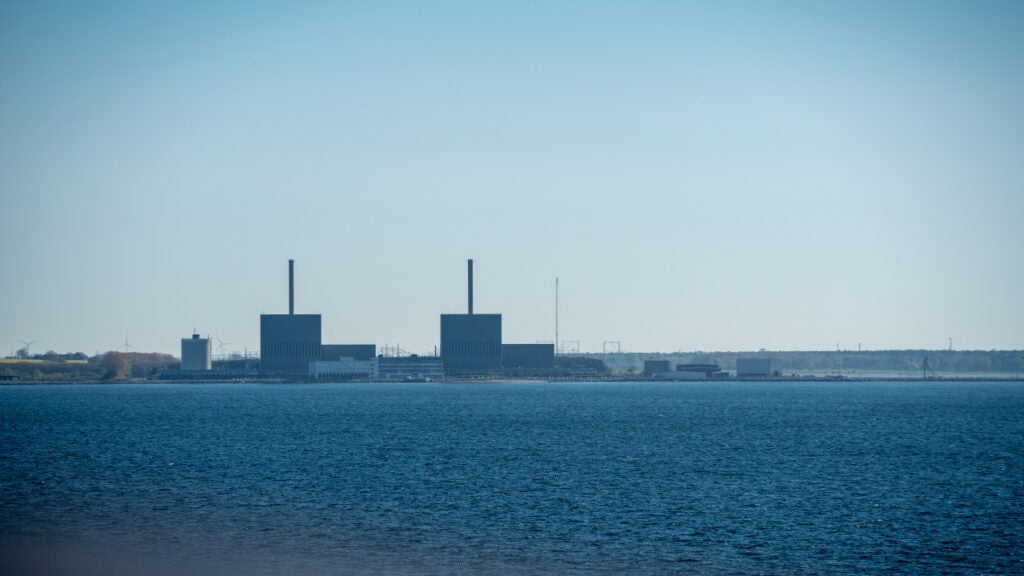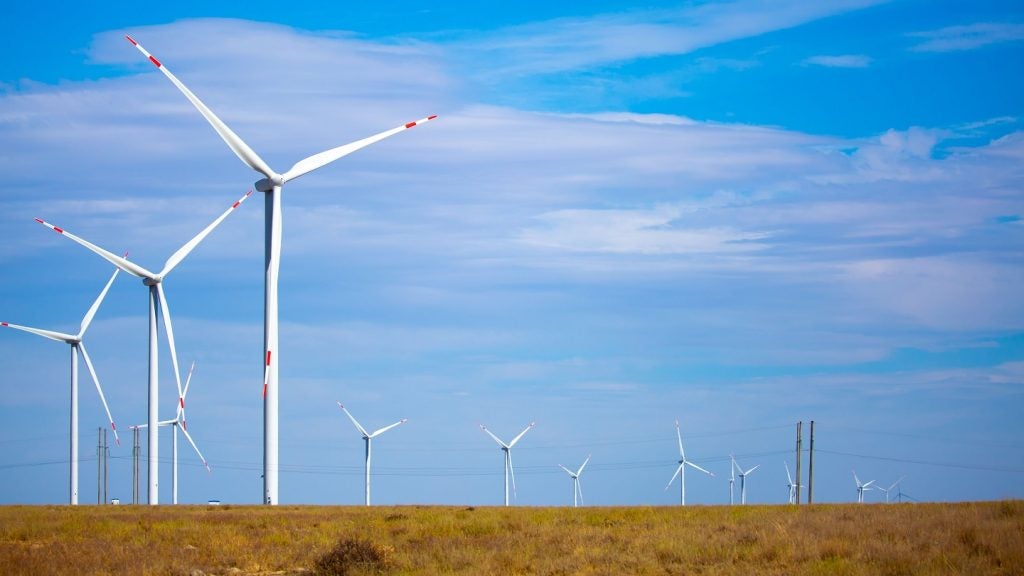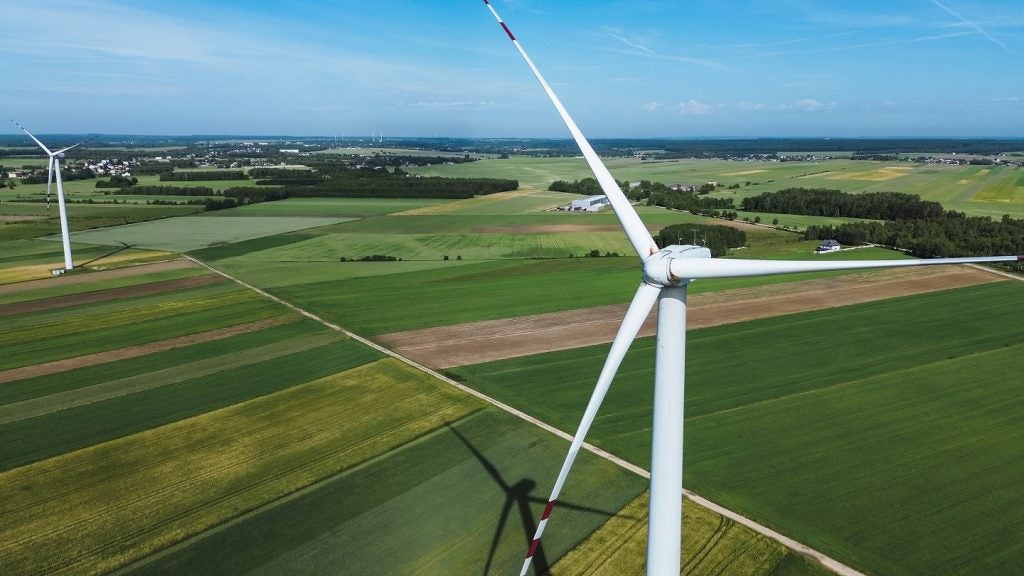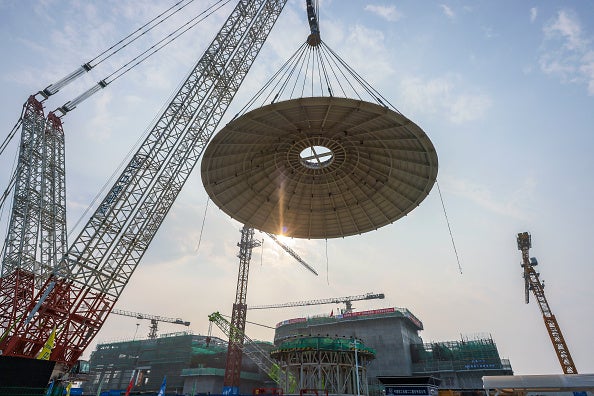The US and Sweden have signed a memorandum of understanding (MOU) on bilateral nuclear energy cooperation, with the aim of helping each other bolster domestic nuclear production.
Sweden’s Minister for Energy, Business and Industry Ebba Busch and US Secretary of Energy Jennifer Granholm signed the agreement in Washington, DC on 1 August.
Under the agreement, the two countries will exchange experience on nuclear policy, research and innovation related to supply chains, financing models, skills supply and development of advanced nuclear fuel.
“Sweden and the United States will now cooperate on nuclear power. This is good for Sweden, the United States, the labour market and competitiveness. Our countries enjoy long-standing and good relations, and I look forward to strengthening our cooperation and knowledge exchange in the area of nuclear power,” Busch said.
Areas of cooperation will include nuclear power reactors, small modular reactors, advanced nuclear fuel development, nuclear waste management, and safety and security.
In a post on X, Granholm said: “Today’s agreement further strengthens US cooperation with Sweden to diversify our supply chains and nuclear fuel supply, deploy new reactors, and find solutions to the management of our spent nuclear fuel.”
Nuclear projects often require a significant level of state support to incentivise the necessary investment. The US and Sweden will therefore work together to facilitate contact between relevant public and private sector entities, according to the MOU.
Nuclear power currently provides around 40% of Sweden’s energy needs. In 1980, the government decided to phase out nuclear power, but in 2010 the decision was repealed by parliament.
Last year, the government released its road map for further development of the country’s nuclear power industry. By 2035, the government aims to produce a total output of at least 2.5GW.
Under a new financing model, the government is offering Skr400bn ($37.71bn) in a bid to encourage investment from the private sector.















